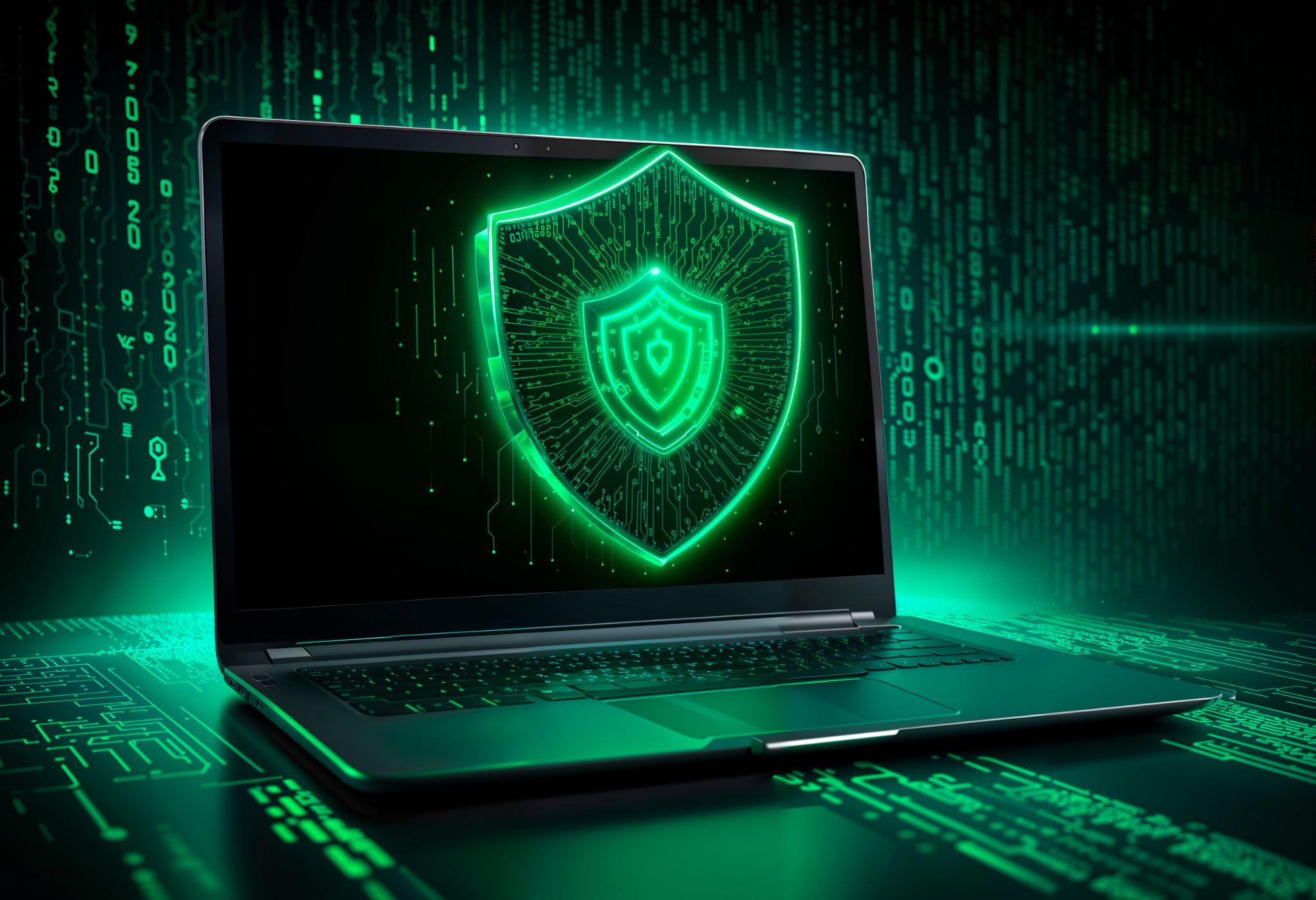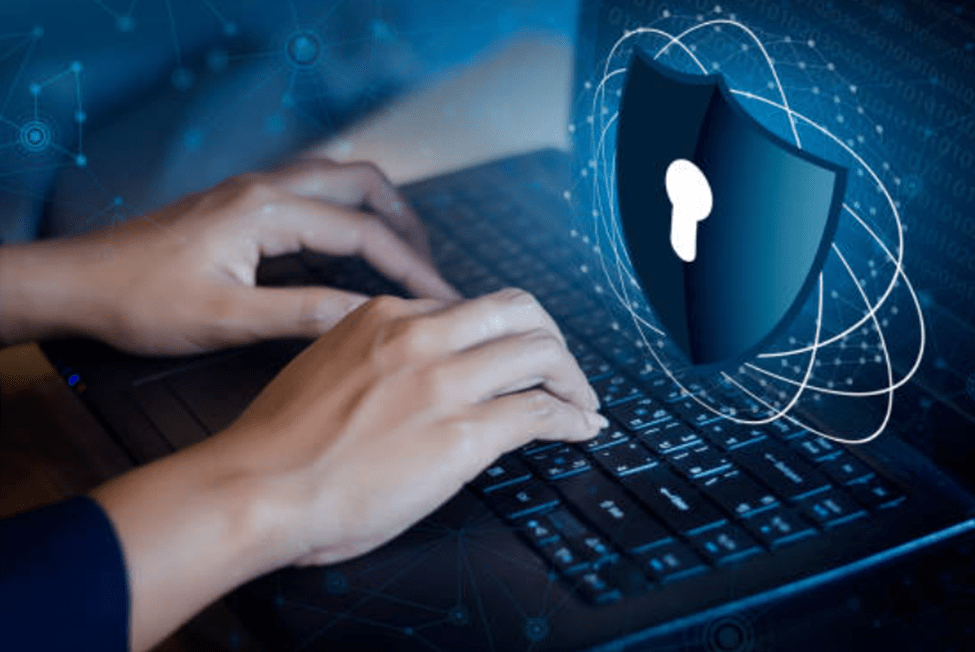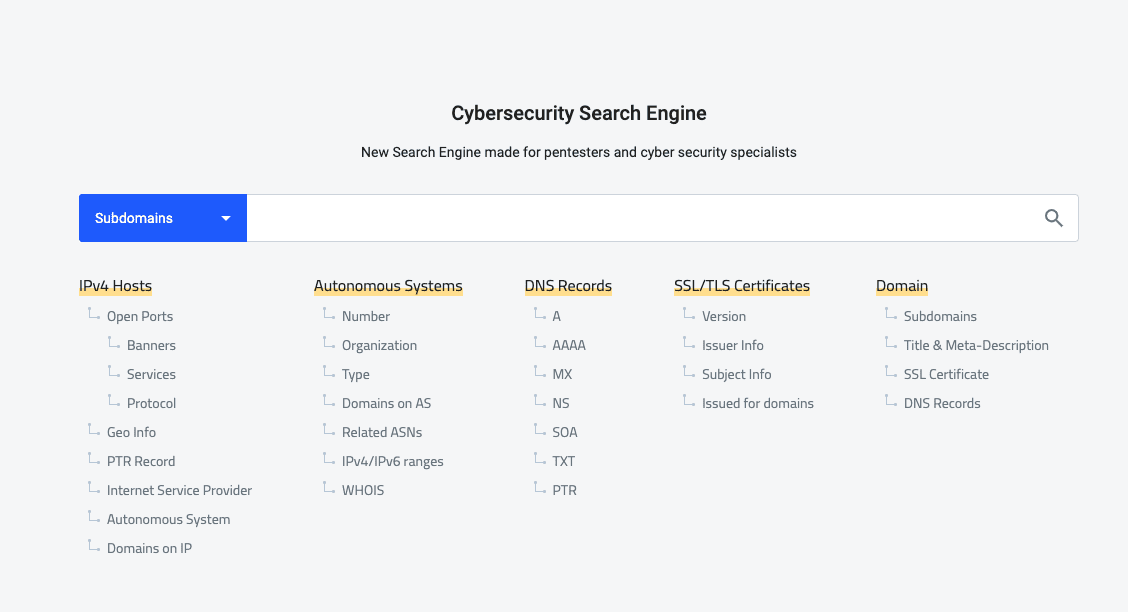
Artificial Intelligence (AI) has become increasingly commonplace in today’s businesses. It can sift through enormous amounts of information quickly and efficiently, improving a company’s ability to innovate and adapt. Whether your business is in finance, healthcare, cybersecurity, or transportation, AI can positively impact your cybersecurity.
As we become increasingly dependent on computer networks and digital infrastructure, we become prone to sophisticated and frequent cyber threats. The sheer number of infiltrations is staggering over the past two decades alone. Considering the implications of having your systems compromised by cyber threats, it’s never been more important than ever to bolster your cybersecurity. The reality is that you would be remiss to discount the positive aspects of AI about protecting your systems and your data. Those businesses that continue to rely on traditional security protocols will find it challenging to stay ahead of cybercriminals’ ever-evolving tactics.
AI has become a critical weapon against cyberattacks, analyzing real-time data in a live environment and looking for anomalies and unusual patterns that could provide indicators of potential threats. This allows companies to react proactively to attempted threats before they become full-blown breaches. This provides a more secure digital environment and offers you and your company greater confidence in your cybersecurity.
Understanding AI in Cybersecurity
AI systems can perform tasks that would typically require humans to do. The most common components of AI include the following:
- Machine Learning (ML): This utilizes algorithms to ‘teach’ the machine to learn from data input and make predictions without being programmed to perform the task
- Deep Learning (DL): Utilizing a neural network to analyze complex sets of data such as face and voice recognition
- Natural Language Processing (NLP): Allowing computers to interpret and comprehend human speech, NLP can be found in language translation and chatbots.
When considering the impact of AI, it shouldn’t be surprising to find that it impacts many aspects of our lives, including cybersecurity. It’s important to note that while traditional cybersecurity measures heavily rely on signature-based and rule-based systems, which only block known threats, AI can identify and recognize evolving threats without requiring defined rules. This means AI can learn what is and isn’t a threat and take appropriate action without being programmed to do so. It can detect new and unknown threats that traditional methods would likely miss.
Take a traditional malware attack that an antivirus software program detects by comparing it to a database of known threats. If a hacker creates a new threat, that software won’t recognize it, while AI will see the behavior of the latest threat and flag it as a new type of attack.
While there are numerous advantages to using AI to power your cybersecurity, the biggest are listed below:
- Efficiency: The bottom line rules, and by more accurately detecting real threats, AI is capable of cutting down the number of incorrect threat detections.
- Cost: All businesses strive for efficiency and improved cost-cutting measures, and by deploying AI solutions, mundane tasks can be completely automated, lowering costs.
- Effectively Responding: Cyber attack detection can be automated, improving effectiveness and response times.
How AI Detects Cyber Threats
There are several methods AI uses to determine what is a threat and what isn’t. The most common methods are listed below:
- Threat Assessment: Scouring sources not readily accessible to information technology staff, AI scours security feeds, hacker sites, cyber threat data sources, and the dark web to identify threats and their potential harm.
- Monitoring Traffic: Providing a faster and more precise method of detecting network breaches, AI examines patterns, identifying odd activity that could be considered a threat and flagged as suspicious.
- Detecting Breaches: By recognizing known phishing and malware methods, AI can identify similar patterns in day-to-day operations and stop them before they do damage.
How AI Prevents Cyber Attacks
It can’t be emphasized enough that AI does more than just identify attacks as they happen; it’s capable of identifying evolving threats. Your AI system learns and adapts to new threats as new methods are developed. If you want peace of mind when it comes to your computer network’s security, deploy an AI solution to improve your cybersecurity and minimize your exposure to outside threats.
There are numerous ways AI can prevent cyber attacks. The most common are listed here:
- Real-Time Assessment: Constantly scanning network infrastructure for weaknesses, AI will recognize vulnerabilities and misconfigurations and implement fixes for them. This allows businesses to remain efficient and secure around the clock.
- Adaptable Measures: Solutions evolve over time with AI-driven cybersecurity. With integrated learning models, AI can keep up with the latest hacking techniques.
- Automated Functionality: The great thing about AI-driven solutions is that they are programmed to not need human intervention. They are able to neutralize cyber threats twenty-four hours a day without anyone needing to do anything. They can isolate infections, block hacking attempts, and patch vulnerabilities without your staff needing to make a single keystroke.
The Challenges and Limitations of AI in Cybersecurity
It’s important to realize that while AI is the future, it is still in its infancy. It isn’t infallible. While AI is an incredible tool, it is just that: a tool. Powerful and effective, AI is a great part of your cybersecurity arsenal, but it isn’t perfect. That’s why, in the best of both worlds, merging traditional methods with AI security solutions is the perfect solution.
When we talk about AI limitations, the most important are listed below:
- Data Concerns: AI systems require immense amounts of data to function properly. This information can include personal data. It is important to comply with all requirements set by industry regulators and the government with regard to data privacy. In today’s day and age, public perception is everything. With data breaches being reported countless times, customers want to feel confident that their information is secure when stored in your computer network. If you can reassure them by advertising the best cyber security measures, it will go a long way to bolster their confidence.
- Over-Reliance on AI: An important distinction should be made that while you can rely on automated cybersecurity solutions, it’s vital to have human interaction. Certain risks can come from relying only on AI solutions for your security systems. Consider an investment business where an AI system flags transactions as suspicious and blocks them from going through. It turns out that these transactions were legitimate as part of a new investment strategy, but because they were blocked, the business could potentially lose a substantial opportunity. If this occurs to multiple customers, you could be looking at them losing faith in your business.
- Accuracy: As mentioned above, AI has issues with misidentifying legitimate activities as threats to network security. This is known as a false positive and can lead to network disruptions and unnecessary downtime. The other side of this coin is false negatives. These occur when legitimate threats go undetected, which can leave systems vulnerable to cyber-attacks. It’s important to adjust settings to ensure the best solution. It can be difficult trying to ensure the proper sensitivity levels with specificity is one clear limitation of AI.
While AI can significantly enhance cybersecurity, using it as the only line of defense is not recommended. Human oversight and intervention are still necessary to address complex threats and make critical decisions.
The Future of AI in Cybersecurity
AI has already secured a place in the future of cybersecurity. It’s proven to be a necessary tool in protecting computer networks and infrastructure from vicious attacks. As these threats continue to increase in complexity and sophistication, it’s important to employ AI-driven, autonomous solutions that can proactively fight these attempted incursions. With constant improvement in threat detection and limiting exposure, AI-capable systems can easily identify threats with ever-increasing accuracy. Boasting automated threat removal and integrated responses to streamline cybersecurity response times, AI is the future.
Providing proactive responses to potential cyber-attacks, AI-powered tools enable faster responses and improved accuracy in targeting vulnerabilities. With improved threat detection and appropriate mitigation responses, AI will continue to evolve, becoming more prevalent in the world of cybersecurity. Their value will continue to grow with the ability to proactively search for potential vulnerabilities and possible attacks before they happen. This is invaluable to a business owner.
It’s important to continue providing human oversight regarding AI advancements. Remember, relying too much on automated solutions can leave your networks susceptible to potential cybersecurity concerns. Indeed, AI can pinpoint anomalies and suspicious activity, but humans still need to interpret the information provided and develop strategic solutions.
In the future, there will be an increase in collaborative relationships between AI systems and IT staff. There is immense potential for AI systems to provide human IT staff with data and recommendations, leaving strategic planning to staff.
It’s important to also keep in mind that AI systems are widely unregulated. It’s a burgeoning field with immense potential. As regulations evolve to control artificial intelligence and its uses as it applies to misuse, privacy, and accountability, it is important to adopt frameworks to ensure compliance.
The significance of AI in cybersecurity is without question. With improved threat detection and predictive assessment capability, AI solutions provide proactive approaches to protecting computer networks from cyber-attacks.
While this is true, AI is still evolving. The technology will continue to grow and improve, providing assessment and removal capabilities we haven’t even dreamed of yet. As these advancements continue, it’s important to continue balancing ethical concerns with innovative designs. Human involvement will be critical to provide guidance to these systems and manage the incredible potential of AI.
Ben Hartwig

Ben Hartwig is a web operations director at InfoTracer.com. He authors guides on marketing and cybersecurity posture and enjoys sharing best practices.








